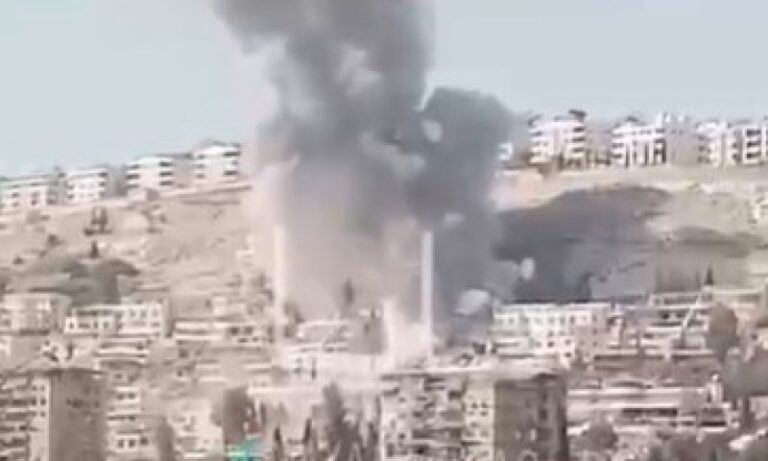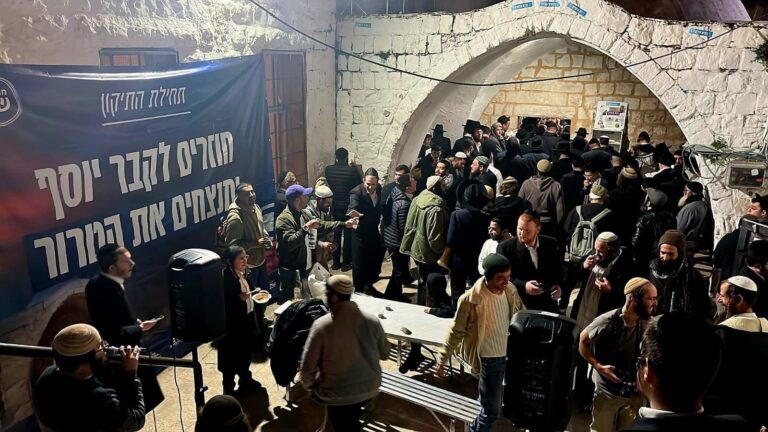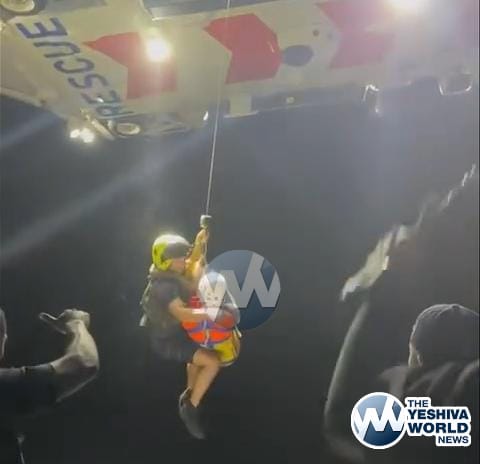 When it comes to Syria, the Obama administration is sure about one thing: President Bashar Assad’s government must be punished after allegedly using deadly chemical weapons, possibly including sarin gas, to kill hundreds of Syrians.
When it comes to Syria, the Obama administration is sure about one thing: President Bashar Assad’s government must be punished after allegedly using deadly chemical weapons, possibly including sarin gas, to kill hundreds of Syrians.
The U.S. and allies accuse Assad of crossing the line that President Barack Obama said would have “enormous consequences.” That’s now expected to trigger a military strike, limited in time and scope, with the goal of downgrading and weakening Assad, but not toppling him or destroying his forces.
The details of how and when the U.S. military and allied forces might attack are under debate, but would be based on complex plans developed and repeatedly reworked over time by the Pentagon.
A look at what’s known and what’s unclear about how it might unfold.
___
WHO DECIDES
The order for the strike would come from Obama, delivered to Gen. Martin Dempsey, chairman of the Joint Chiefs of Staff, and Defense Secretary Chuck Hagel. The operation probably would fall under the purview of U.S. Central Command, headed by Army Gen. Lloyd Austin. The more immediate commander probably would be Adm. Bruce Clingan, who heads U.S. naval forces in Europe. A coalition likely joined by allies such as Britain and France would likely set up a joint task force to coordinate targeting and missions.
___
WHO LAUNCHES WHAT
Four U.S. Navy destroyers — the USS Gravely, USS Mahan, USS Barry and USS Ramage — are in the eastern Mediterranean Sea waiting for the order to launch.
They are armed with dozens of Tomahawk cruise missiles, which have a range of about 1,000 nautical miles, and are used for deep, precise targeting. Each one is about 20 feet long and less than two feet in diameter, and carries a 1,000 pound warhead.
The missiles fly at low altitudes and their range allows the ships to sit far off the coast, out of range of any potential response by the Syrian government. Some ships have cameras that can provide battle damage assessments.
Britain’s Royal Navy has deployed at least one Trafalgar-class attack submarine to the Mediterranean, though it declines to specify where. Each of the subs typically carries around a dozen Tomahawk missiles. That supply, if exhausted, could be quickly restocked by a Royal Navy nine-ship task force that deployed this month to the eastern Mediterranean.
The British Royal Air Force base Akrotiri, 175 miles west of the Syrian coast, could be used by cruise missile-capable U.S., British and French aircraft.
___
WHAT ABOUT TROOPS, FIGHTER JETS AND BOMBERS?
Obama has ruled out putting troops on the ground in Syria, and because of Assad’s extensive air defense systems, officials believe it is too risky at least initially to deploy fighter aircraft or even low-flying drones that could be shot down.
While less likely, the U.S. could deploy fighter jets or bombers as the operation continues, particularly if the Assad regime begins to take retaliatory actions and manned aircraft are needed in order to strike specific, critical targets.
Obama has rejected trying to impose a “no-fly” zone over the country. Military leaders have said that creating one would be risky and expensive.
___
WHAT MIGHT THEY TARGET?
U.S. officials say any operation must have clear goals that can guide decisions on what the military must strike.
Dempsey has told Congress that lethal force would be used “to strike targets that enable the regime to conduct military operations, proliferate advanced weapons and defend itself.”
At a minimum, Western forces are expected to strike targets that symbolize Assad’s military and political might: military and national police headquarters, including the Defense Ministry; the Syrian military’s general staff; and the four-brigade Republican Guard that is in charge of protecting Damascus, Assad’s seat of power. Assad’s ruling Baath Party headquarters could be targeted, too.
U.S. officials also are considering attacking military command centers and vital forces, communications hubs and weapons caches, including ballistic missile batteries.
Air defense systems, including Syrian aircraft, interception missiles, radar and other equipment, also could be targets. The majority of those systems — as many as 500 defense positions and 400 operational aircraft — have been positioned along Lebanon’s border, in the Syrian-controlled part of the Golan Heights, along the Syrian Mediterranean coast and in and around Damascus.
Helicopter and fixed wing aircraft air bases across the country, including the Mezzeh air base in Damascus, and Nairab, a major military air base in Aleppo, could be targets.
Because any strike would be considered payback for Assad’s alleged use of chemical weapons, Western forces could zero in on the headquarters of the Syrian Army’s 4th Division, 155th Brigade. That unit is believed to be responsible for the Aug. 21 attack that U.S. officials say involved chemical weapons. The brigade is headed by Maher Assad, Bashar Assad’s younger brother.
The brigade has a missile base across a large terrain in a mountain range west of Damascus, including underground bunkers and tunnels. It is believed to be surrounded by army bases as well as weapons and ammunition storage sites.
Systems for moving Assad’s chemical weapons stockpile could be top targets as well. But the stockpile itself probably would not be hit because of risk of accidental release of the deadly nerve agents that include mustard gas, tabun, sarin and VX.
___
WHAT PROBABLY WOULD BE AVOIDED?
It’s doubtful the U.S. would directly target Assad. U.S. policy prohibits assassinating foreign leaders unless they have attacked America first.
It’s also unclear if Assad’s military intelligence headquarters, a symbolic target, might be attacked; it’s believed to hold hundreds of prisoners.
___
WHEN MIGHT A STRIKE COME AND HOW LONG MIGHT AN ATTACK LAST?
The most common answer to this question in recent days has been “soon.” But a number of factors that could affect the timing.
The British Parliament was expected to convene Thursday to discuss the matter and possibly vote on whether Britain would participate. There’s talk of a possible move to seek U.N. Security Council approval for a strike, but there’s also significant pressure on the administration to act quickly and decisively.
Any military operation probably unfold at night or in the predawn hours, with an initial assault possibly lasting several hours and involving missile strikes from several warships. What could follow is a period in which the U.S. might use satellites and other intelligence capabilities to assess the damage.
Under that scenario, such an assessment could be followed by an additional round or two of missile strikes. Most officials believe any operation would last no more than a few days.
Other U.S. military assets in the region, including an Air Force air wing of F-16 fighter jets located in Aviano, Italy, are available, but might not be used, at least right away.
The British fleet in the eastern Mediterranean is led by the HMS Bulwark, an assault vessel designed to deliver around 400 Royal Marine Commandos by landing craft or helicopters, all stored on board. Specialist communications and engineering units of the Marine Commando also are aboard.
The fleet’s other principal ship is HMS Illustrious, a helicopter transport that carries anti-sub and attack helicopters. There also are two frigates carrying anti-ship, anti-air and anti-sub weapons systems, and five supply ships.
The French defense ministry says it has a dozen cruise missile-capable fighter aircraft at military bases in the United Arab Emirates and the Horn of Africa nation of Djibouti.
Any air contribution to a potential attack on Syria, however, probably would come directly from France and mean pit stops at British RAF base Akrotiri, or rely on airborne tankers.
(AP)











5 Responses
השם ירחם!
What ever the cas is I hope we not heading for a WWIII
Can anyone explain why they keep talking about what they might do, what targets they might strike, etc., and then just wait for a week or longer before doing anything? This gives Asad the time to move around his weapons and eliminates any element of surprise. Seems mindless unless this is all being used as part of a grand scheme to cover a surprise attack against the Iranian nuclear facilities
“That’s now expected to trigger a military strike, limited in time and scope, with the goal of downgrading and weakening Assad, but not toppling him or destroying his forces”.
That’s like cutting out only a small piece of a cancerous tumor or giving just 1 or 2 chemo treatments. The cancer will never be eradicated and eventually it will come back to haunt you.
#2 A dog that barks doesn’t bite… America, with Obama as their head, has become a paper tiger and they’ll do nothing except for threatening with all these talks.
#2, it’s most likely disinformation. Once the (real) targets are hit, Syria will respond by releasing disinformation of its own. And so on. Historians are still debating Josephus’ war stories, how much damage was really caused in Dresden, etc.